Transforming the Rice Value Chain for Climate Resilient and Sustainable Development in the Mekong Delta (TRVC), Vietnam is a five-year program that contributes to effecting a transition to low-carbon and climate-resilient agricultural landscapes and livelihoods of smallholder farmers (SHF) in Vietnam’s Mekong River Delta (MRD).
Using Pay-for-Results (PfRs) mechanism, the TRVC Project will incentivize and attract the participation of private enterprises in the Rice Value Chain, aiming to scale-up innovative technologies to achieve higher economic outcomes for smallholder farmers (SHFs) and all Rice Value Chain actors, improve rice quality and inclusive social values while reducing greenhouse gas (GHG) emissions and mitigating environmental footprints as co-benefits. Thereby, the Project will play a catalytic role in creating the transformation of rice production and trading towards sustainability and bringing inclusive values in the most rice-intensive production provinces in the Mekong Delta; actively contribute to the achievement of sustainable and climate-resilient development in the Mekong Delta.
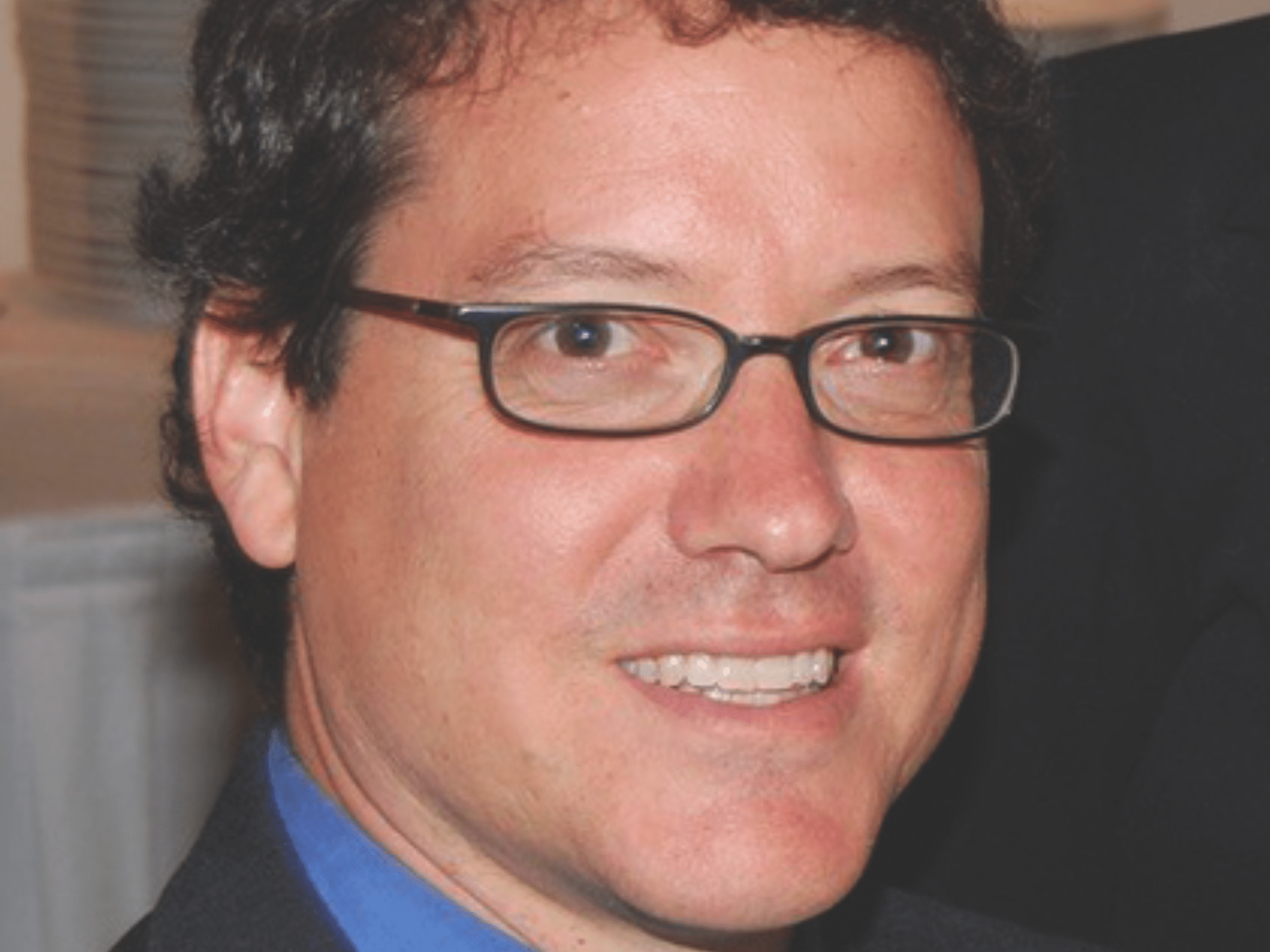
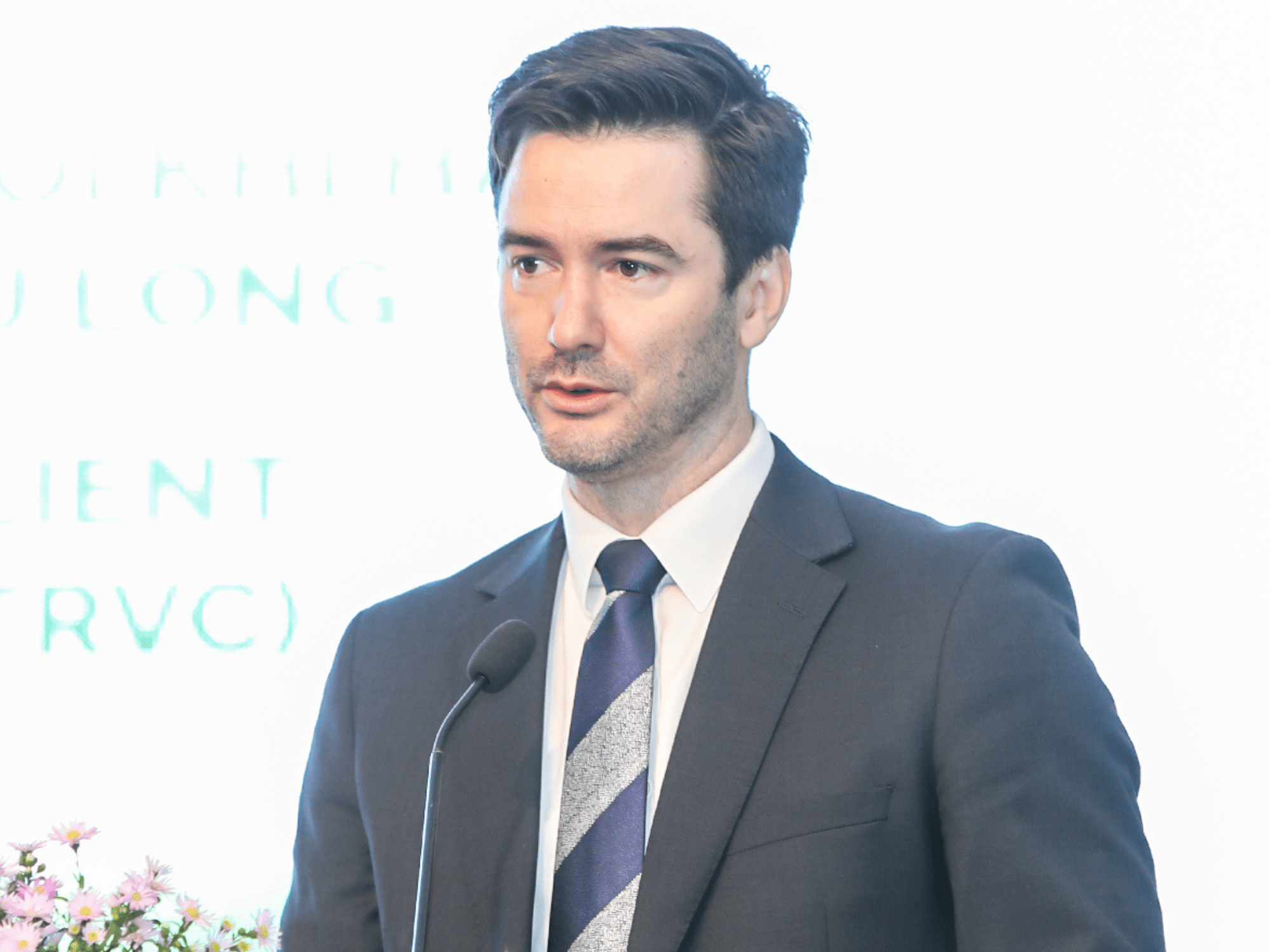
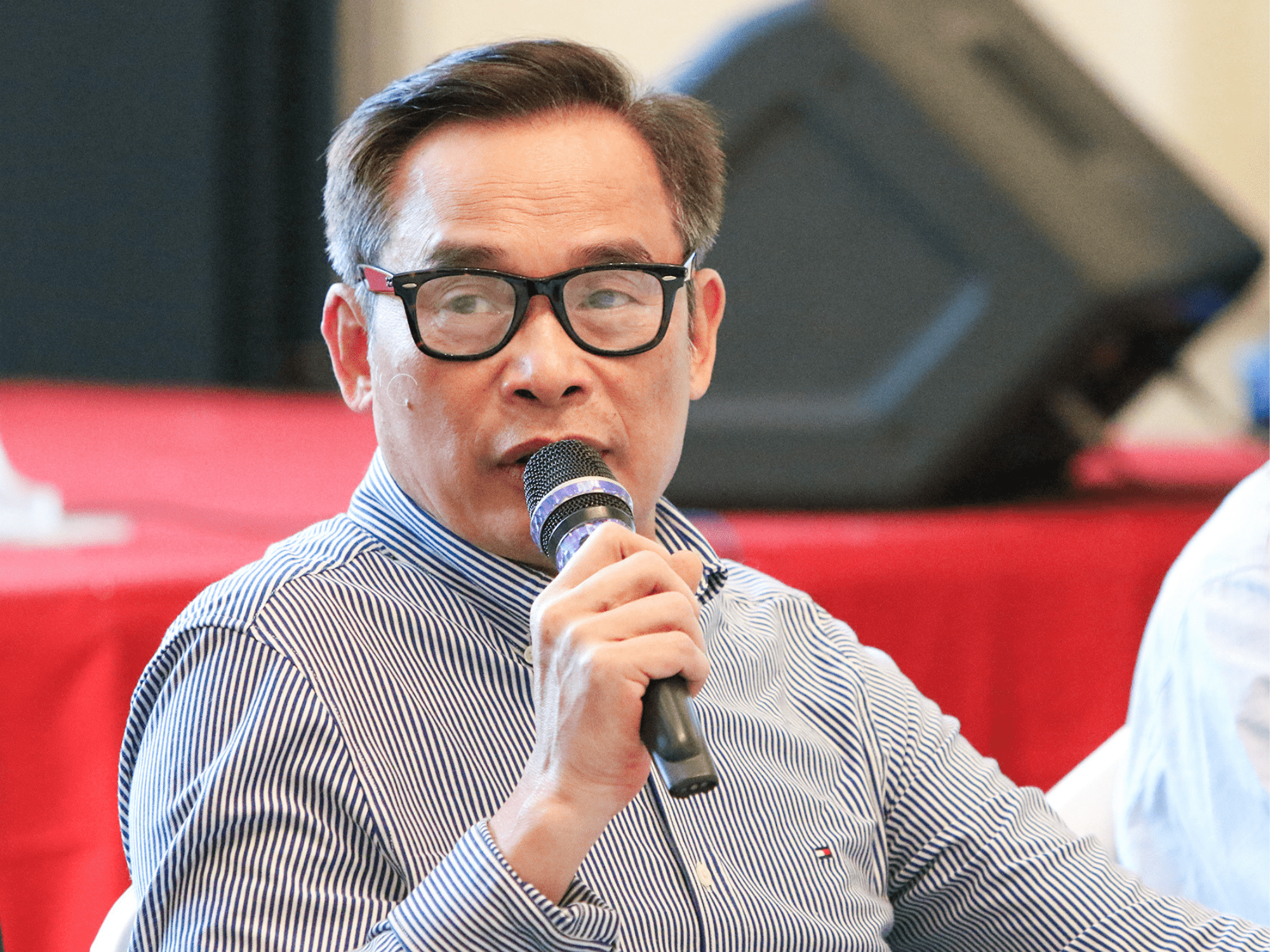
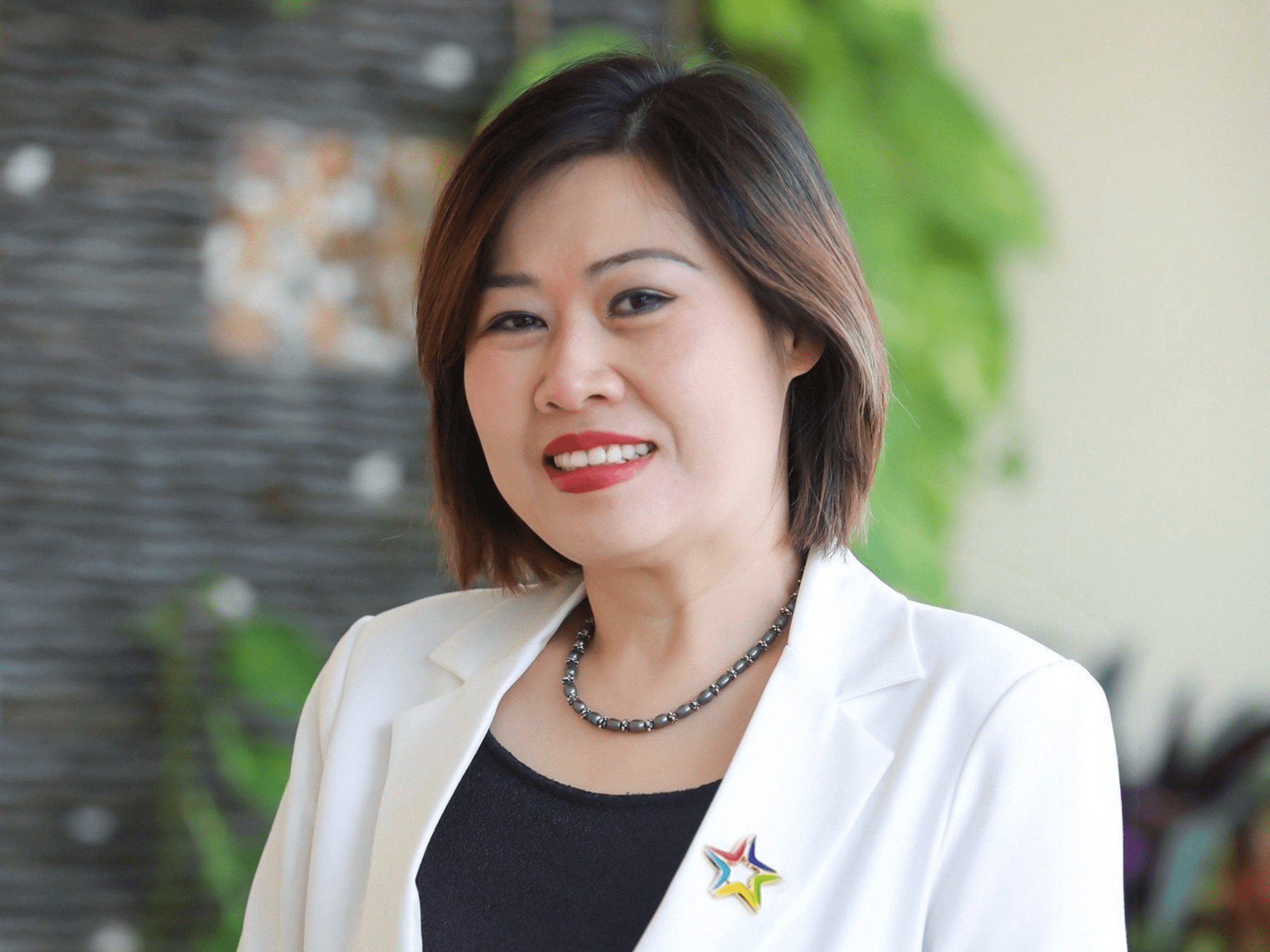
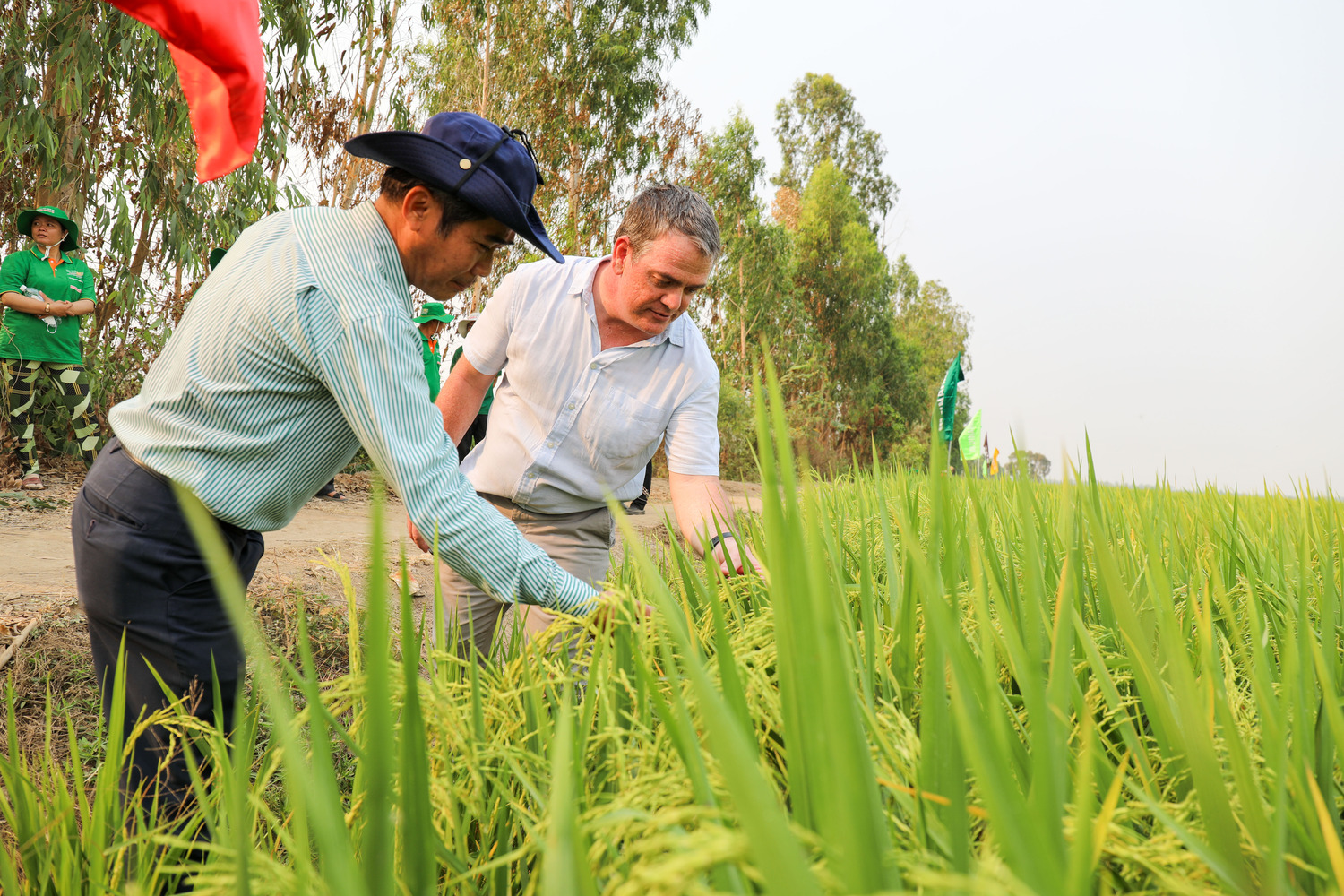
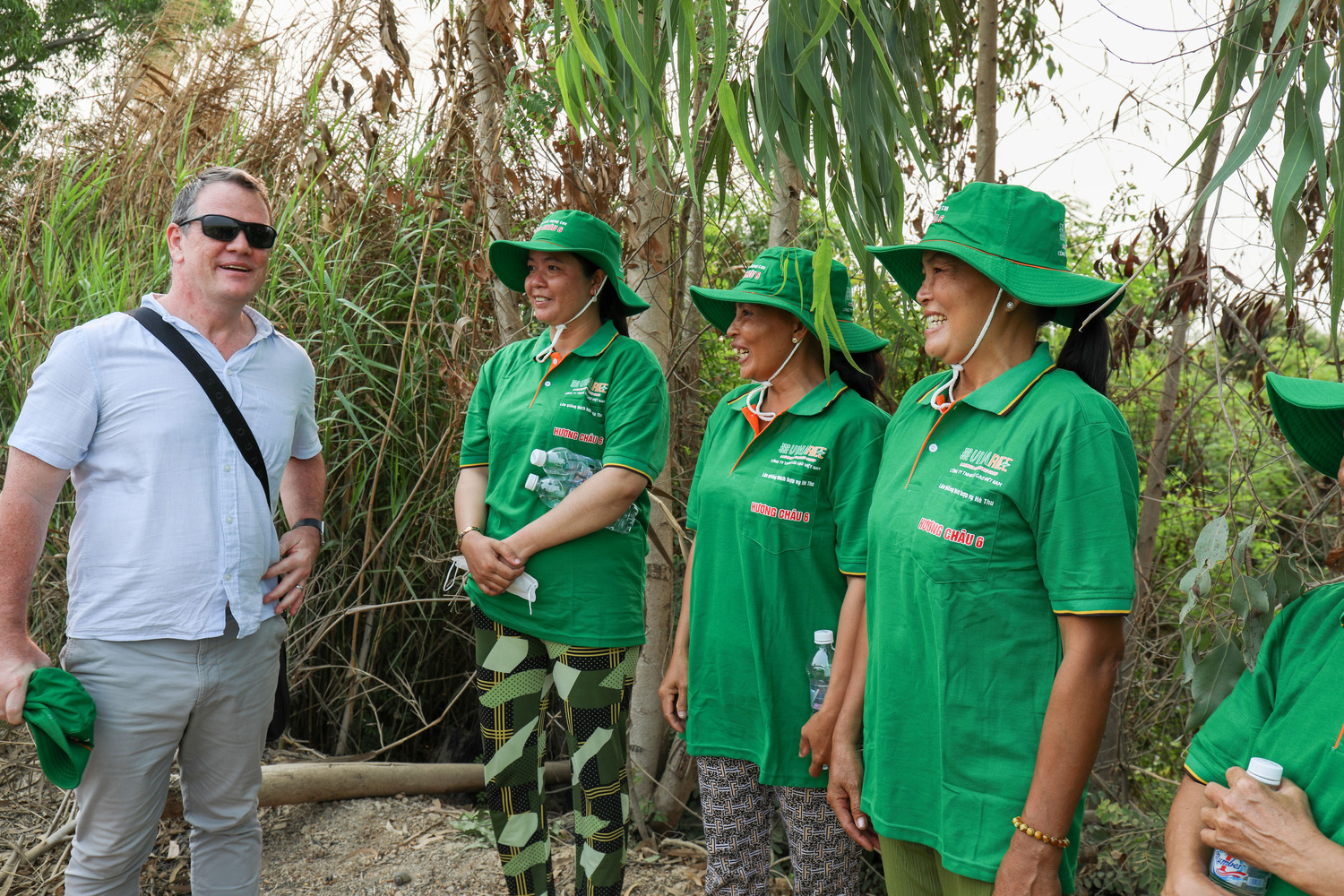
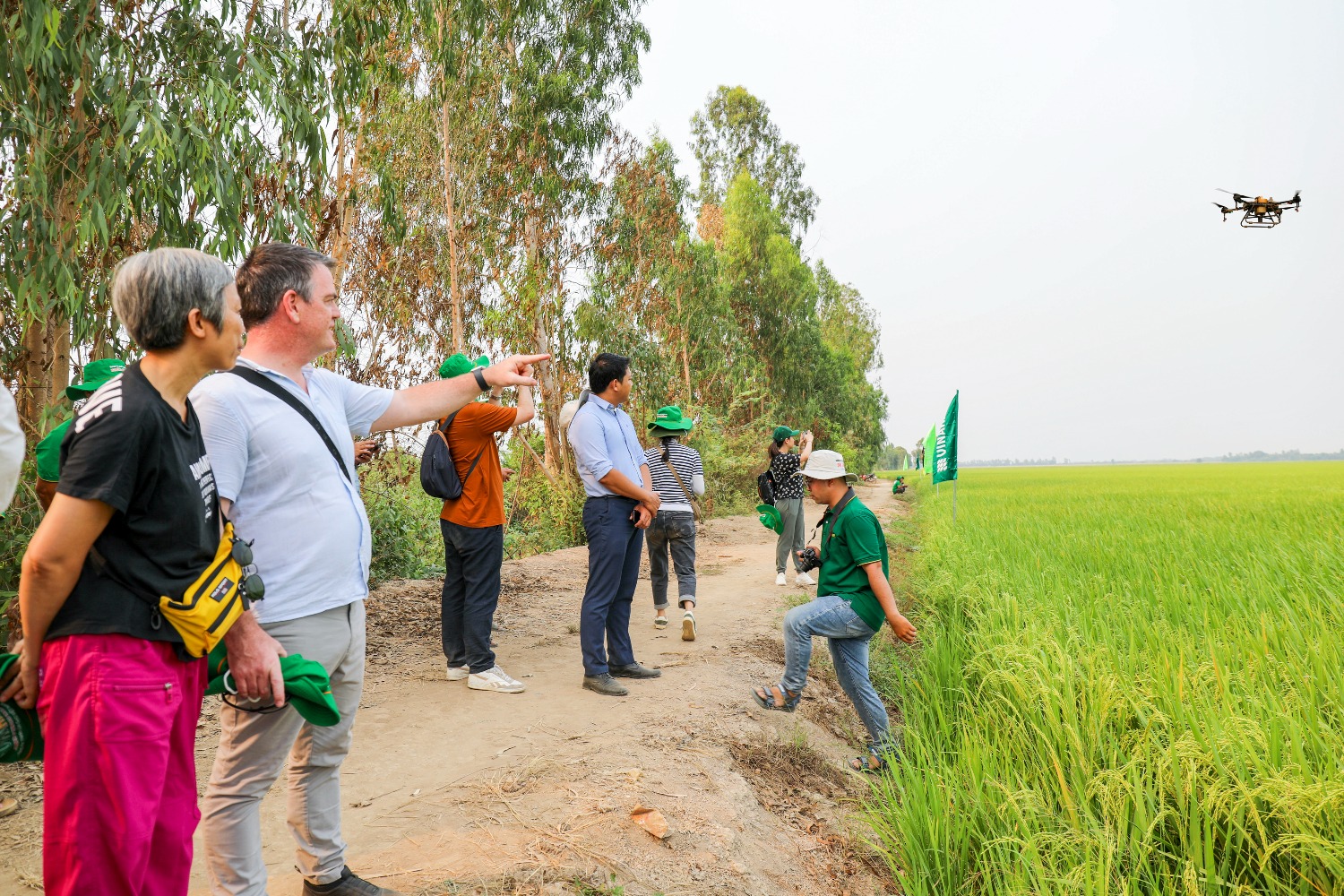
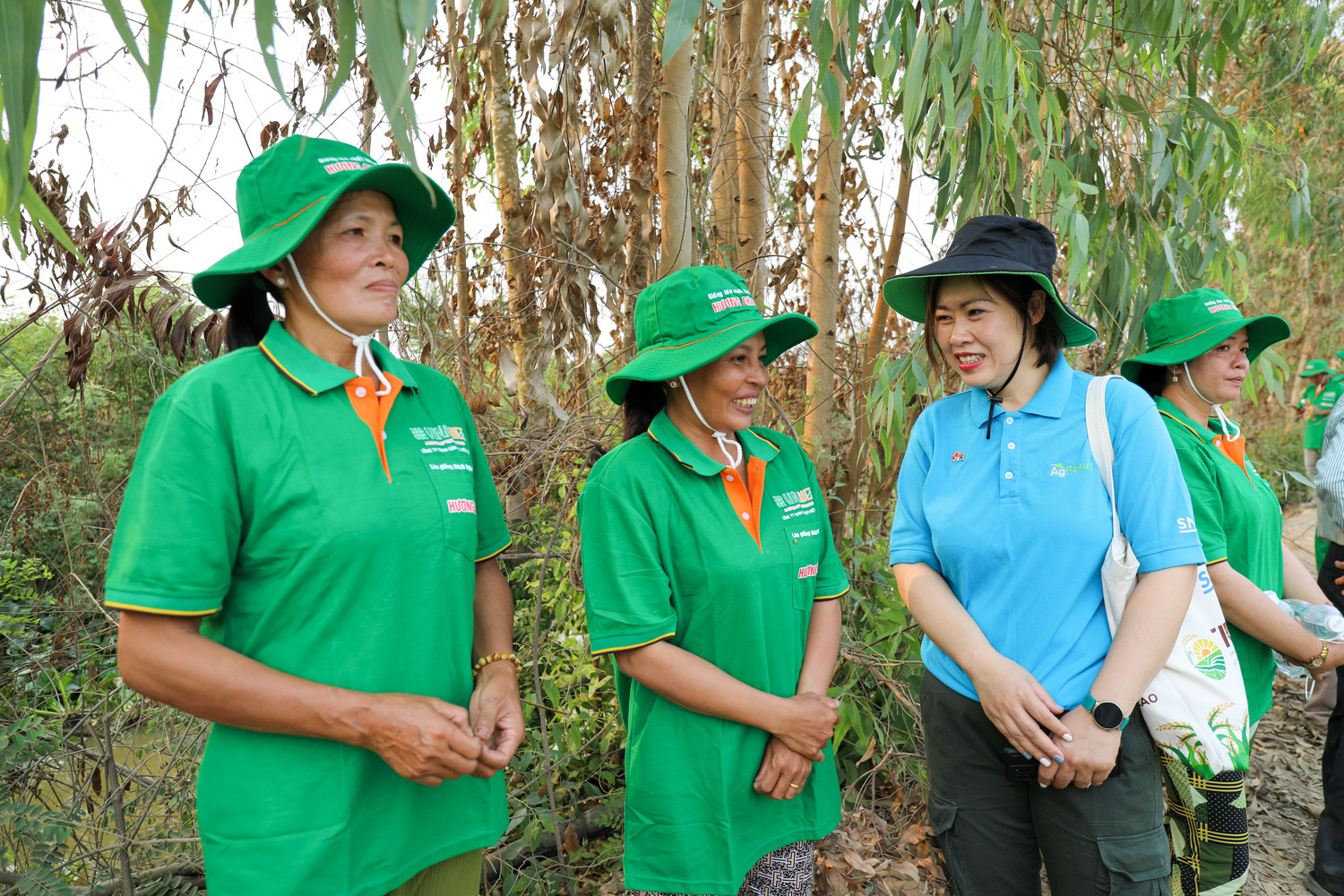
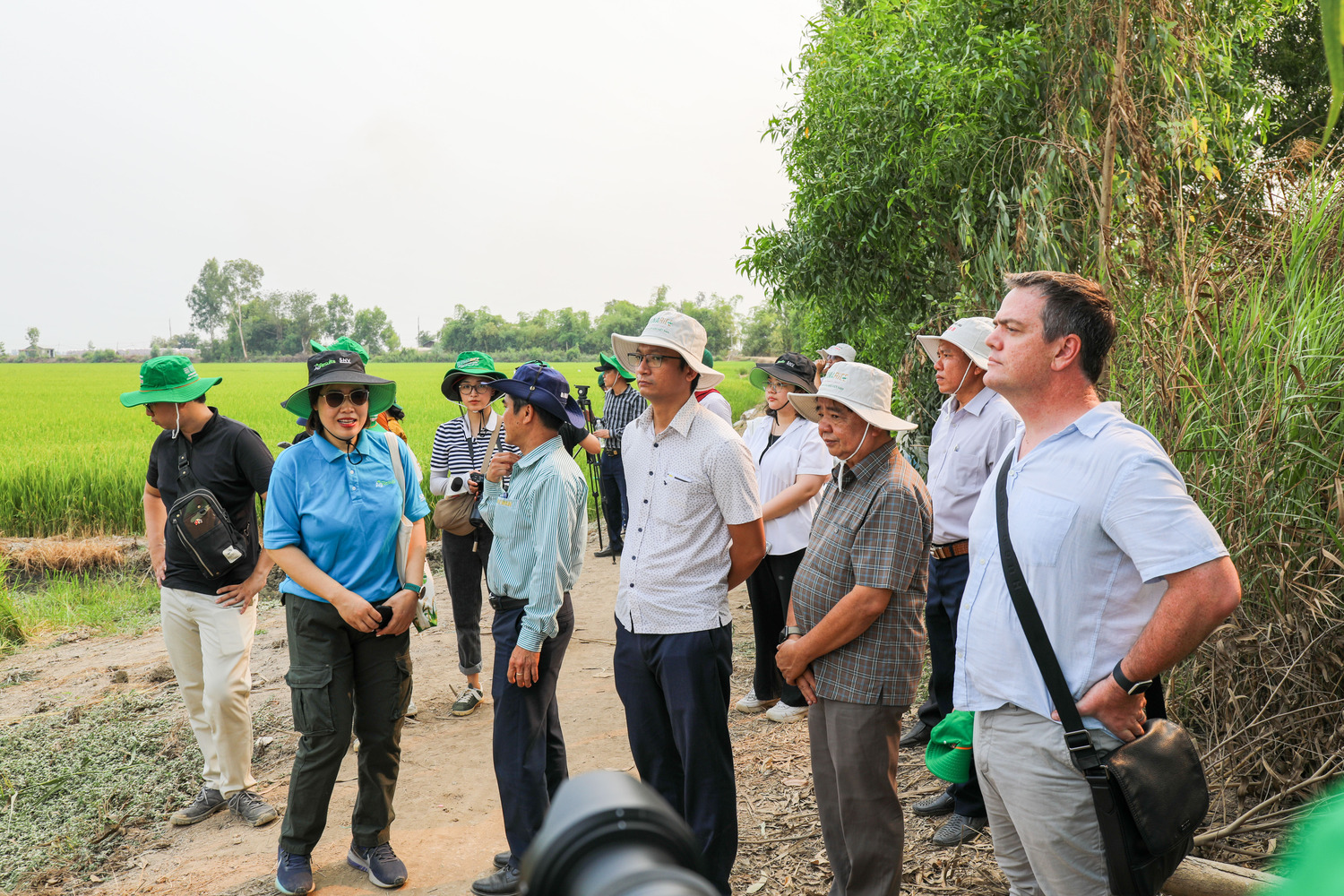
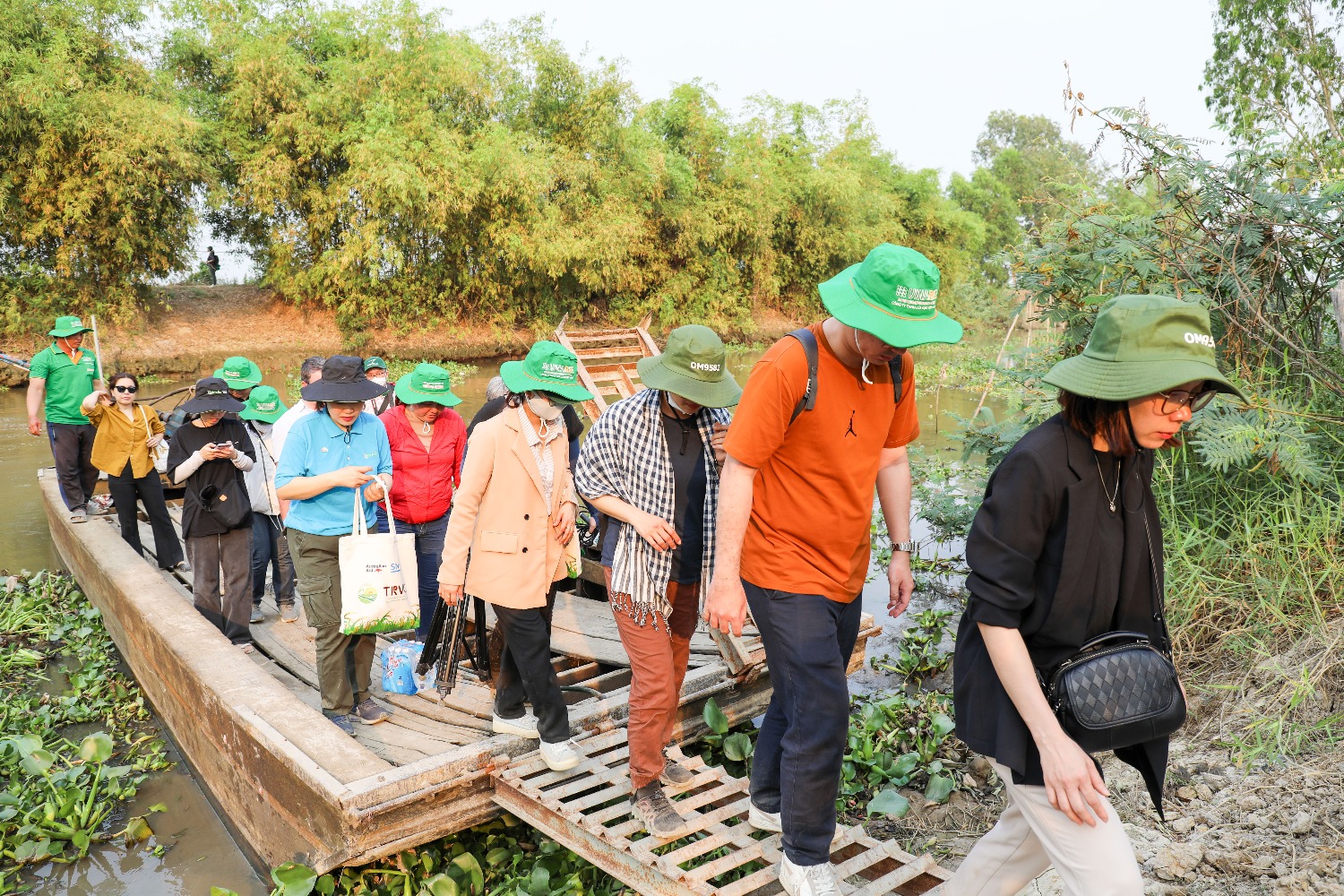
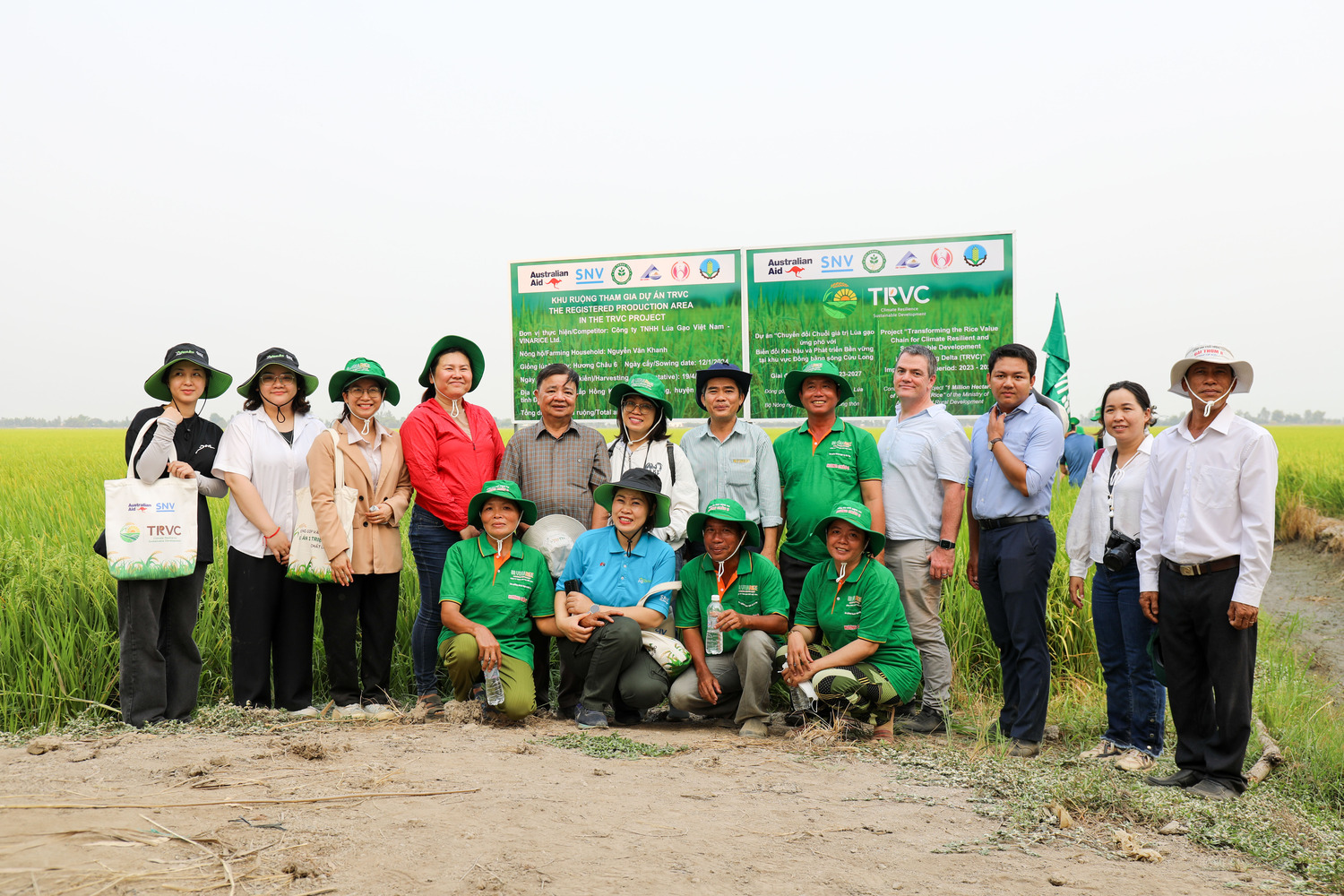
On March 21, 2024, the Netherlands Development Organization SNV and the Delegation of the Australian Consulate General in Ho Chi Minh City went on a field trip and discussed with local authorities and farmers who are and will be participating in production linkages with VinaRice - one of the Competitors participating in the TRVC Project in Dong Thap province.

14 Feb 2018
Đây là khối bài viết với nội dung động, để cập nhật nội dung, hình ảnh,... quý khách cần đăng bài trong phần Quản lý blog của tài khoản.

14 Feb 2018
Đây là khối bài viết với nội dung động, để cập nhật nội dung, hình ảnh,... quý khách cần đăng bài trong phần Quản lý blog của tài khoản.

14 Feb 2018
Đây là khối bài viết với nội dung động, để cập nhật nội dung, hình ảnh,... quý khách cần đăng bài trong phần Quản lý blog của tài khoản.
The AVERP project incentivized enterprises including
rice producers, fertilizer producers, and input suppliers to test and scale-up innovative rice production technologies that increased yields and reduced GHG in comparison with conventional rice production practices.
*Your information will be highly confidential
Pending the consent of the funders of the AgResults pilot project, relevant data gathered through that project will be shared with the selected verifier.
It is up to the Verifier to propose the need and use of field-level data, along with collection methods as necessary, to supplement RS to ensure confidence in the results.
Yes this would be acceptable. SNV will facilitate contacts between the selected Verifier and other organizations that have or are currently collecting field-level measurements.
Article 14 allows 3 alternate options:
1/Units verifying GHG emissions mitigation (hereinafter referred to as “verifying units”) are organizations with verification capacity recognized by the UNFCCC; or 2/ Be certified 14065 standard to the ISO on requirements for GHG verification and validation bodies to use in accreditation or other forms of accreditation; or
3/ Have a certified technician who has completed a course on GHG inventory as required by the United Nations Framework Convention on Climate Change for the respective sectors.
TRVC commits to contributing the CO2e credits to the NDC of Viet Nam; but also explores the potential of carbon credit sales in year 2 or year 3 of the project as our MRV is built on the IPCC Tier 3 standard. Given the “grey area” in interpreting the requirements of Article 14 of the Decree 6 of the GoV on Ozone Layer Protection; and the popularity of this concern among Offerors, we consulted verbally with officials from MONRE on this subject. It is advised that for voluntary contributions to Viet Nam’s NDC, the Verifier of TRVC don’t necessarily have to register as a “verifying unit” with the Ministry of Natural Resources and Environment (MONRE) unless the Project Owner wants to sell those carbon credits. MONRE is the appointed government agency for all things related, including the national carbon inventory from all sectors of Viet Nam and formal carbon reduction accreditation.
SNV will invite the shortlisted Offerors to an online meeting to present their proposal to our Procurement Committee, and respond to Questions from the members of the PC for clarity.
“Other Verification Activities” is meant to cover any components of the offeror’s proposed approach and methodology that may fall outside of what is directly stated in this RFP.
The specifics of the data management system are up to the Verifier to propose. It is expected that the Verifier will be able to share with SNV and the Competitors the data and quantification results in a way that is clear and transparent.
As the project locations will be selected by the participating Competitors after the project launch, we cannot confirm if there will be measured emission data for the selected locations. However, there is data available from other projects (VnSAT, IRRI) in the same region that may be useful for calibrating models.
Yes, the total number of hectares projected across the three years has been accumulated.
This refers to the baseline against which the Verifier will set up their proposed methodology.
Refer to the “Verification Procedures” section B, “MRV Design process and Testing,” for clarity. The successful Verifier will start on August 1, 2023. The first competing crop will start tentatively in November or December 2023. All in all, the Verifier has 3–4 months to complete this process.
Reference to the slide 39 in the Business Plan which sent to Offeror as Annex 2. In this case it is (b) and specifically aligning with existing (under update) methodology of Verra or Gold. It is expected that the selected Verifier will ideally align with an existing methodology.